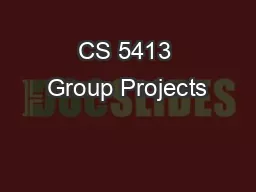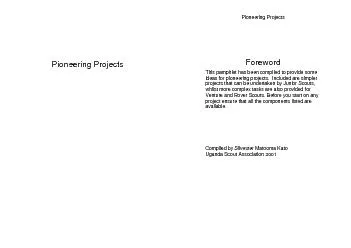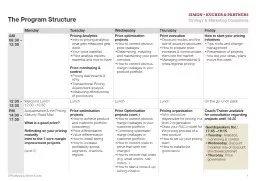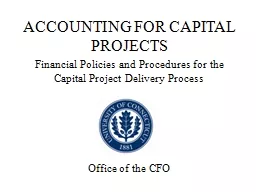PPT-CS 5413 Group Projects
Author : jane-oiler | Published Date : 2017-06-01
Friday February 17 2017 Identify a fun and challenging semester project Suggested project ideas relate to Disaggregated Datacenters Designing new Dataplane Programming
Presentation Embed Code
Download Presentation
Download Presentation The PPT/PDF document "CS 5413 Group Projects" is the property of its rightful owner. Permission is granted to download and print the materials on this website for personal, non-commercial use only, and to display it on your personal computer provided you do not modify the materials and that you retain all copyright notices contained in the materials. By downloading content from our website, you accept the terms of this agreement.
CS 5413 Group Projects: Transcript
Download Rules Of Document
"CS 5413 Group Projects"The content belongs to its owner. You may download and print it for personal use, without modification, and keep all copyright notices. By downloading, you agree to these terms.
Related Documents














